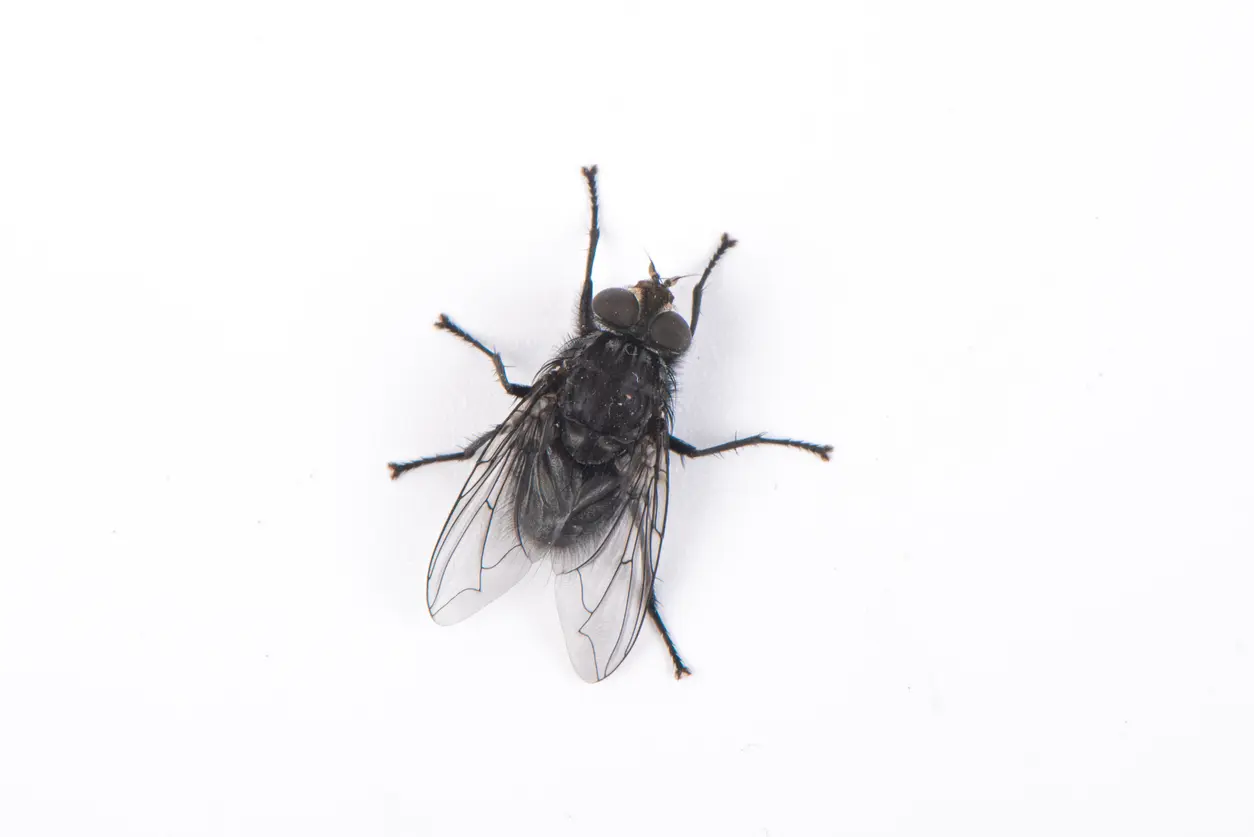Are Woodrat Bot Flies Dangerous?

Have you ever heard of the Woodrat bot fly? While these pests may seem harmless at first glance, they can pose a serious threat to both pets and wildlife. In this post, we’ll explore what Woodrat bot flies are, how they operate, and whether they can be dangerous to you and your pets. These unusual creatures resemble a mix between a bee and a fly, but rather than feeding on nectar, they act as parasites, laying their eggs in the bodies of mammals.
Though they are often overlooked because they typically target wild animals, Woodrat bot flies can also infest your pets, leading to painful and dangerous consequences if left untreated. Read on to learn more about these pests, how to spot an infestation, and why it’s crucial to take action if you suspect a Woodrat bot fly problem.
What Are Woodrat Bot Flies?
The Woodrat bot fly is almost a combo of both bees and flies. These pests look like bees, but they are typically all black, with some having streaks of white or yellow. This marking also makes them resemble flies. They can grow to be about the size of a quarter.
While these pests may look like bees and flies, they don’t sting, bite, or feed like either. Instead of feeding on nectar or decaying material, the Woodrat bot fly acts as a parasite while laying their young. These pests live throughout almost every state around the U.S. and parts of Canada.
Woodrat Bot Flies—A Potential Threat To Your Pets
How Woodrat Bot Flies Infest Your Pets
Usually, the Woodrat bot fly targets small mammals in the wild, such as rodents or rabbits, but unfortunately, they can also target your pets. Typically, these flies will lay their eggs around the homes of these mammals in hopes of passing them on to these mammals.
These eggs then hitch a ride inside these animals as they accidentally breathe them in while exploring their own dens. The Woodrat bot fly then travels throughout the host body under the skin until it takes hold and makes itself a home.
The Dangers of Woodrat Bot Flies for Pets and Humans
The fly larva creates a large tumor-like growth on the animal, including a gaping hole that allows the fly larva to breathe. Once the larva has reached its ideal size, it will abandon the host and leave to reach its adult stage.
When the bot fly leaves the host to become an adult, it also leaves behind a hole and wound, which can often become infected. Luckily, this doesn’t usually kill the host, but it can become dangerous if left untreated. If you suspect your pets may have issues with bot flies, seek immediate medical attention to remove the larva and properly seal the wound safely.
In rare cases, humans can even be infected with these parasitic pests—if that happens, immediate medical attention is necessary to deal with and eliminate them.
Protect Your Pets From Woodrat Bot Flies With Rove Pest Control
If you’re concerned about Woodrat bot flies or other pests invading your home or harming your pets, Rove Pest Control is here to help. Our experienced team can identify and remove these parasites, ensuring your home and pets are safe from potential threats.
If you suspect any pest activity or notice unusual symptoms in your pets, don’t wait—contact Rove Pest Control online today for a thorough inspection and professional treatment to eliminate the issue. Keeping your home and pets protected is just a call away!
